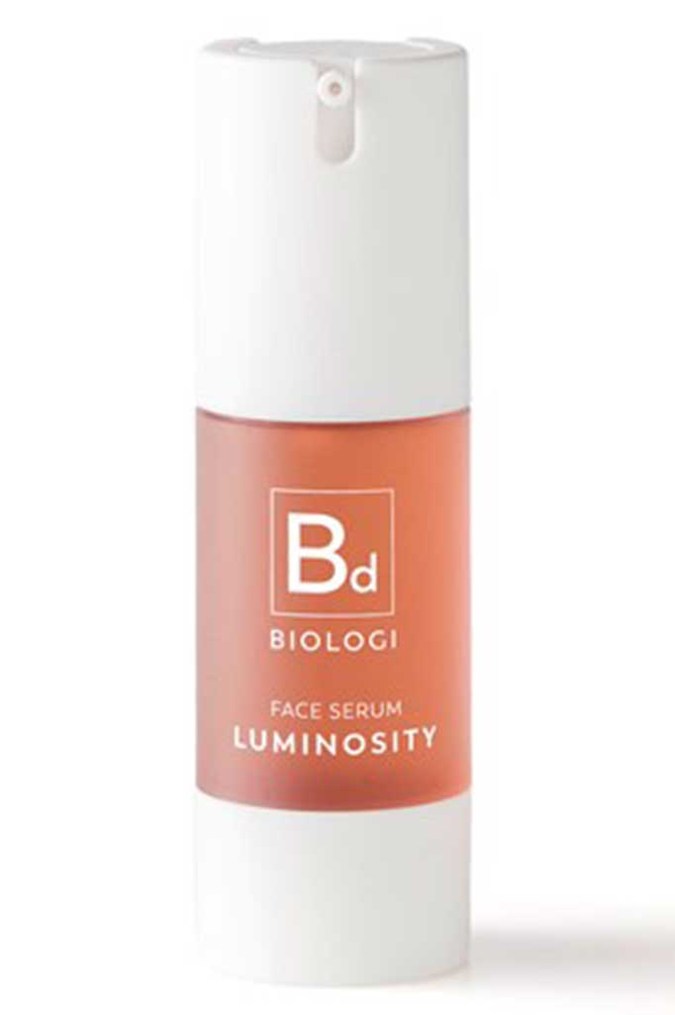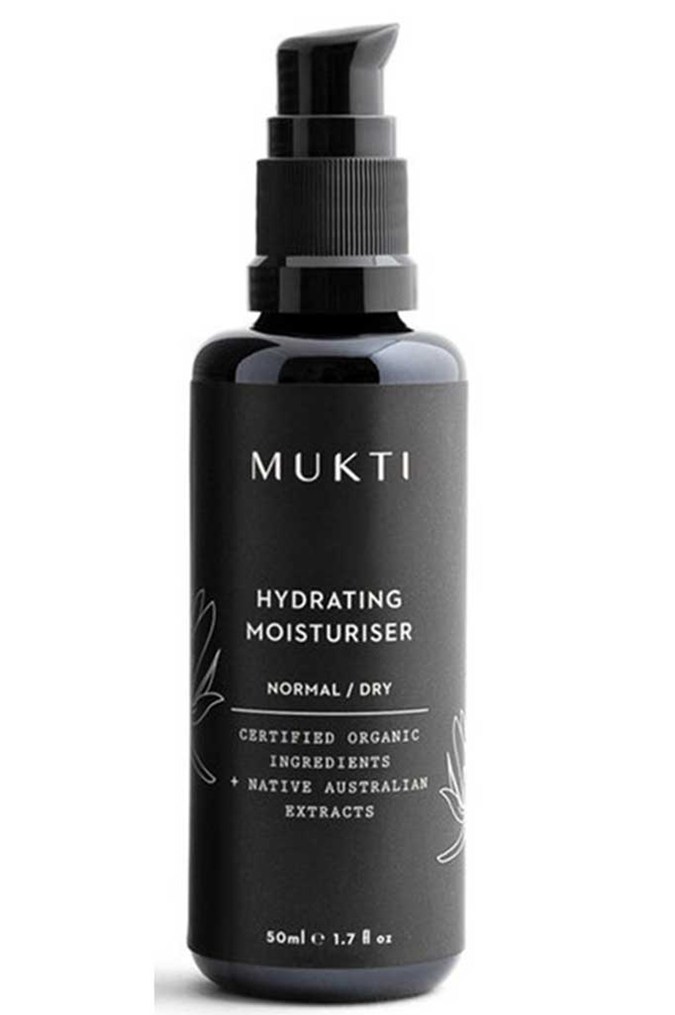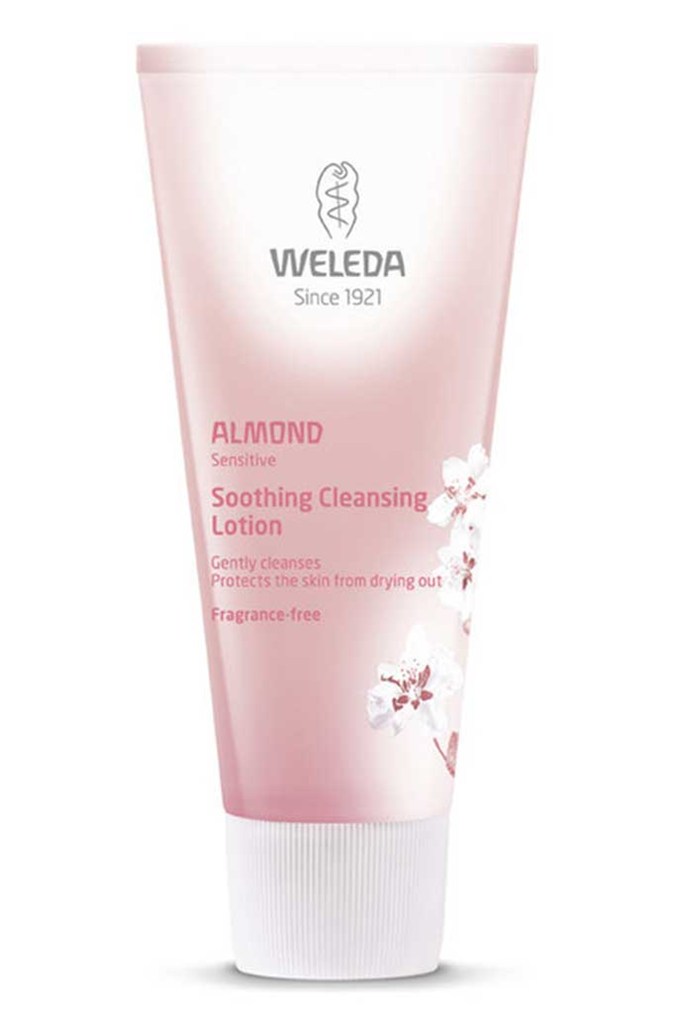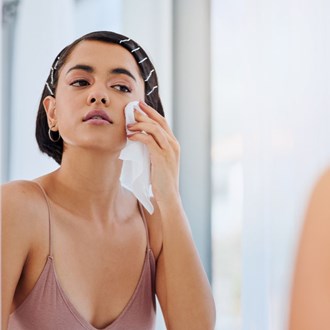How to look for *actual* natural beauty products
Because it sure ain’t easy
Decided to switch to natural beauty? Good one! Confused about which products are *actually* natural and which ones are telling fibs? Welcome to the club.
While we would love to believe that all the ingredients in our natural products come from Mother Nature not a test tube in a science lab, truth is it’s a bit more complicated than that.
With words like ‘naturally derived’ and ‘cruelty-free’ popping up everywhere on products, it can be confusing to know what these terms really mean and if there is any truth behind them.
To cut through the confusion and help you select the right natural products for you, we’ve spoken to two experts to clear up what these terms mean and what you should be looking for when shopping for natural beauty products.
What makes a product ‘natural’?
Natural beauty products are those that contain ingredients that come from a natural origin (read: plant-based or minerals). Ideally, when you decide to make the switch to natural beauty product, you’re probably looking to have most – if not all – of the ingredients in the formula sourced from natural origins. But the problem is the term ‘natural’ is not strictly unregulated, so you’ll find that the term ‘natural’ it’s often misused and misleading. Pretty much anyone can slap the word ‘natural’ on their products, even if only a small percentage of the ingredients inside are natural. These products are often full of synthetic additives or preservatives and other chemical ingredients, which is probably not what you had in mind when you made your ‘natural’ purchase.
So how can you tell the slightly-natural products apart from the true natural formulas? Look at the ingredient label. As a general rule, if the product is full of scientific-looking words with very few natural-sounding ingredients in the mix, it’s unlikely that the formula is predominantly natural.
However, it’s important to note that it all comes down to personal preference and just how ‘natural’ you want to go. Is it important to you that a product is 100 per cent natural? Or are you okay with just a few of the ingredients being from natural origin? Ultimately, it’s your call; learning how to read and decipher the ingredients list will simply help you make an informed decision that’s right for you.
What’s the best way to read the ingredients list?
While the ingredients list can look confusing as hell, there’s a surprisingly easy way to read it. Each ingredient must be listed in descending order by weight. Mukti, founder of Mukti Organics, recommends focusing your attention on the first third of ingredients listed as these are the ones that make up the bulk of the product. “The top third is what you really want to scrutinise and makes up 80 to 95 per cent of the product.” she says.
Besides how much of an ingredient is in the formula, you’ll also want to figure out whether the actual ingredient is natural or synthetic. Plant ingredients are fairly easy to spot, because they are usually listed with their Latin names and the common name in brackets, e.g. rosmarinus officinalis (rosemary) oil, which is rosemary essential oil, or helianthus annuus (sunflower) seed oil, which is sunflower oil.
Mukti notes you should be wary of any ‘chemical’ terms. “Look out for any chemical-sounding names as opposed to botanical plant species. This is going to help you verify ‘natural’ claims, i.e aloe vera barbadensis instead of propylene glycol.” Similar to a food label, if you see an ingredient you can’t pronounce, Google it! Sometimes a long sciency-sounding ingredient is actually innocent.
What kind of logos should you look out for?
According to Macdougald, there are a few specific logos you should be on the lookout for - such as organic, cruelty-free, vegan and palm oil-free symbols. However, similar to the use of natural terminology on packaging, it seems logos can be a shady area, too. Macdougald says, “A brand does not need to use 100 per cent organic ingredients to have organic status, and the water content is not taken into account when these calculations are done. For example, an organic certified product may contain 80 per cent water and 20 per cent of other ingredients in which 15 per cent are organic certified. The brand can claim organic status even though only 15 per cent of the total amount of the product is certified.”
Mukti says your only real guarantee is if the products are certified organic by a reputable third party. “In Australia, the main certifiers are COSMOS/ACO, OFC (Organic Food Chain) and NASAA. Ecocert by comparison is a European certifier that still allows synthetics to be used and is a weaker standard by comparison.”
Mukti also suggests familiarising yourself with the official industry logos. “Look out for ‘fake’ logos that aren’t from a third-party certifier. A company can create their own logo to look more authentically clean, green and even organic. Look out for products that keep telling you what isn’t in their products…Don’t just read the front of the label. Flip it over and scrutinise the back as well.”
The key takeaway for determining if a product meets your natural criteria? “Read ingredient labels carefully and don’t be afraid to contact the brand directly if you have questions – most reputable brands will be happy to answer those questions for you!”
He adds, “Beware of marketing greenwashing and brands that essentially distract you with fancy phrases like ‘dermatologically tested’ or ‘free from’ which can make you focus on what the product doesn’t contain, rather than what it does.”
Keen to add some natural beauty products that are *actually* natural to your skin care routine? Try Biologi Bd Luminosity Face Serum, Mutki Organics Hydrating Moisturiser and Weleda Almond Soothing Cleansing Lotion.



Looking for more natural skin care brands to try? Check out our favourite Australian natural skin care brands.
What do you think of natural beauty products? Are you keen to make the switch? Let us know in the comment section below.
Main image credit: Getty

Erin Docherty is a Beauty Writer for BEAUTYcrew, Beauty Editor for Women's Health magazine and a Grooming Writer for Men's Health magazine. She has a keen interest in cosmeceutical skin care and is currently working on minimising her 9-step skin care routine – because ain’t nobody got time for that. When she’s not writing about the latest beauty news, or applying copious amounts of serum, you can find her spending all her money in Sephora.
Related tags
Rita Ora /








